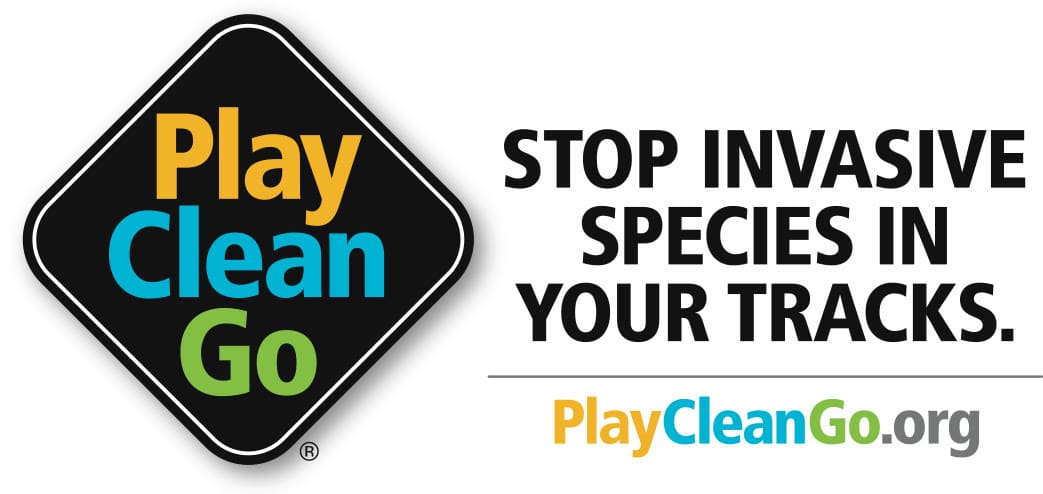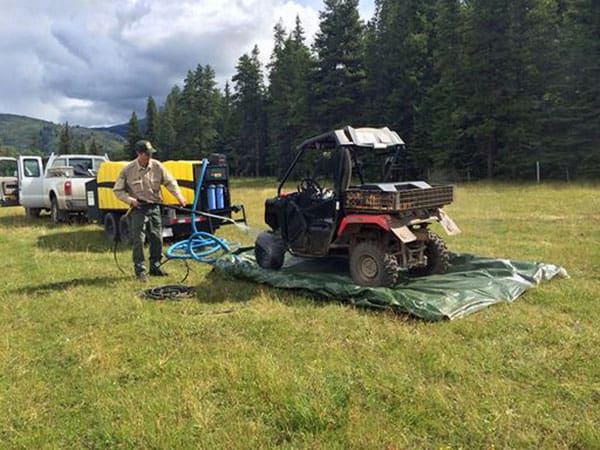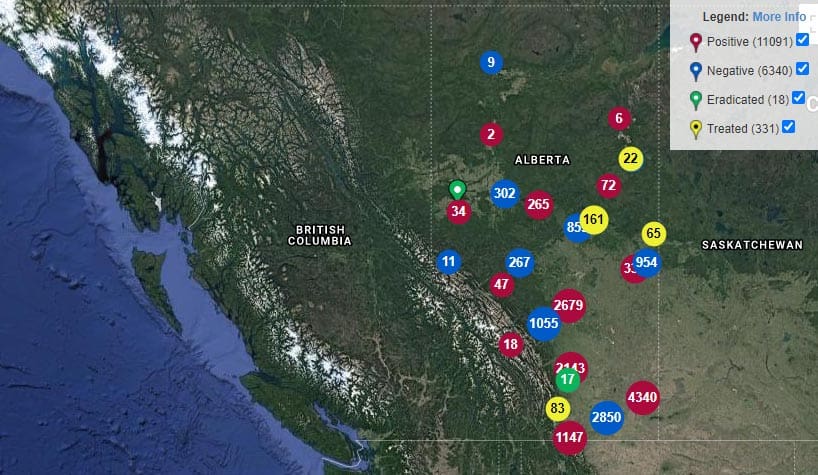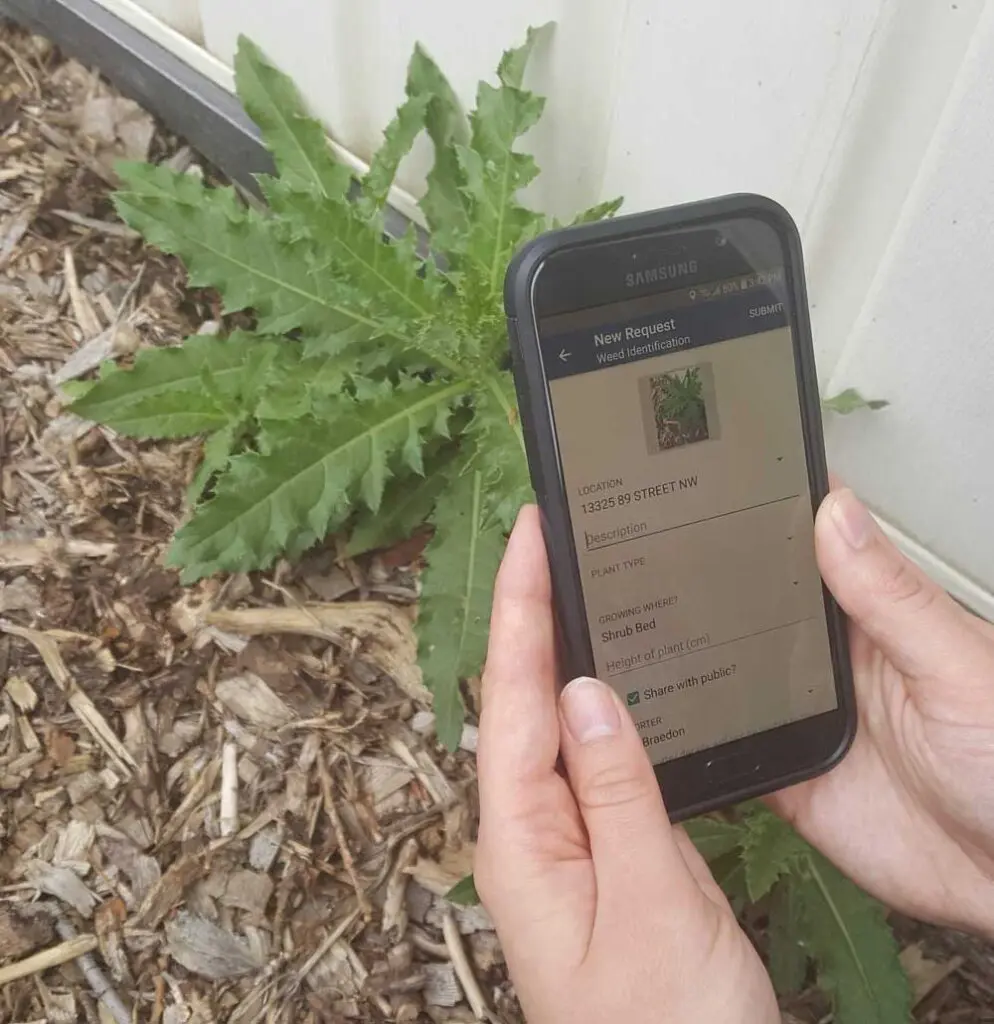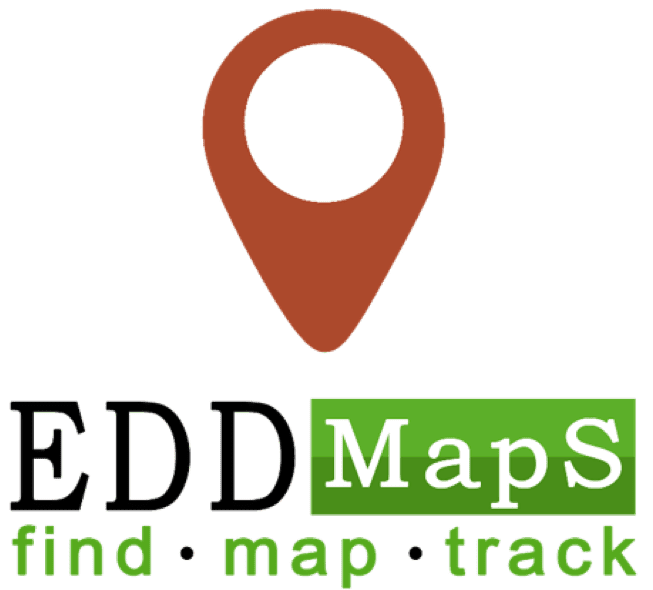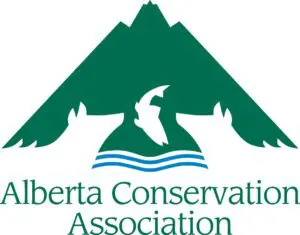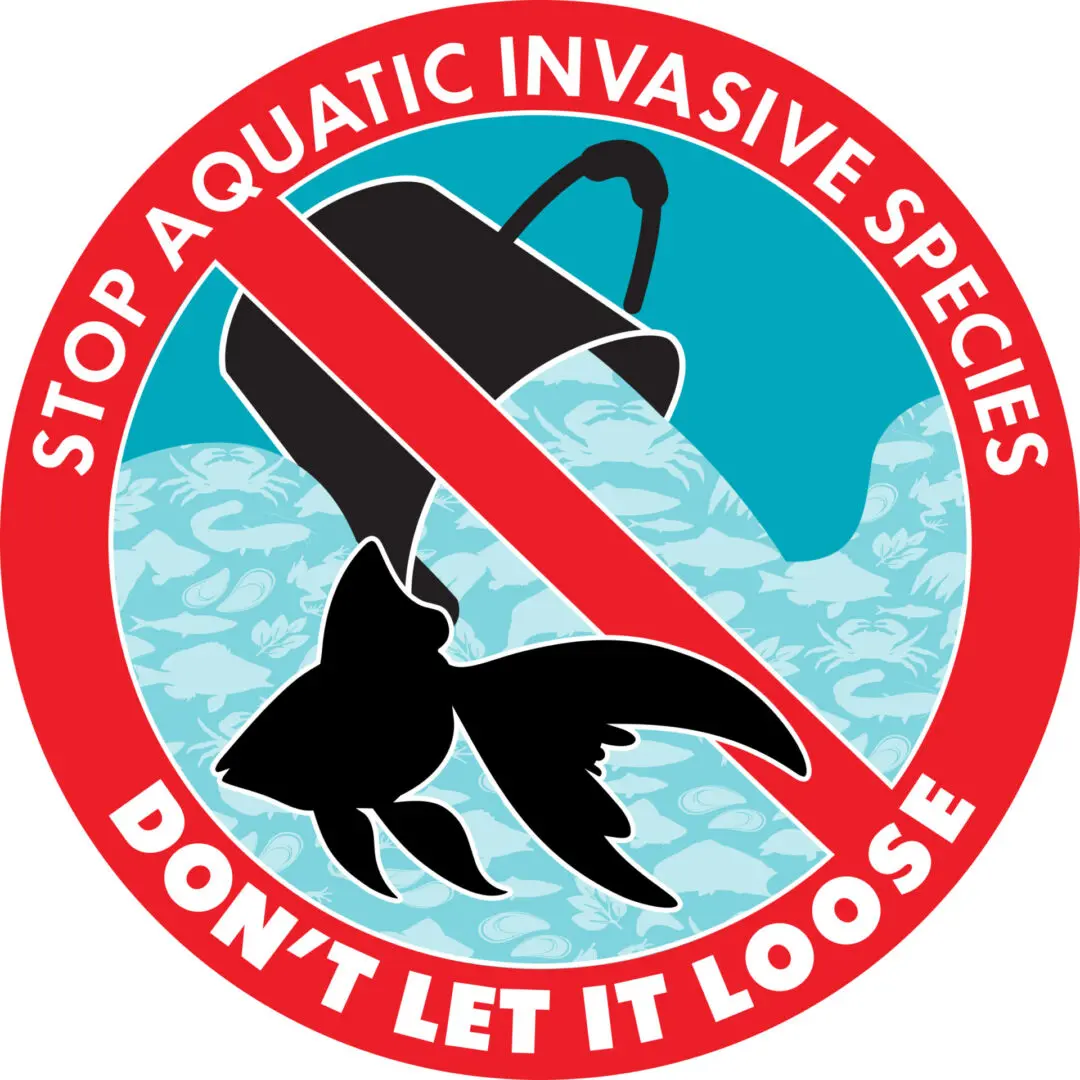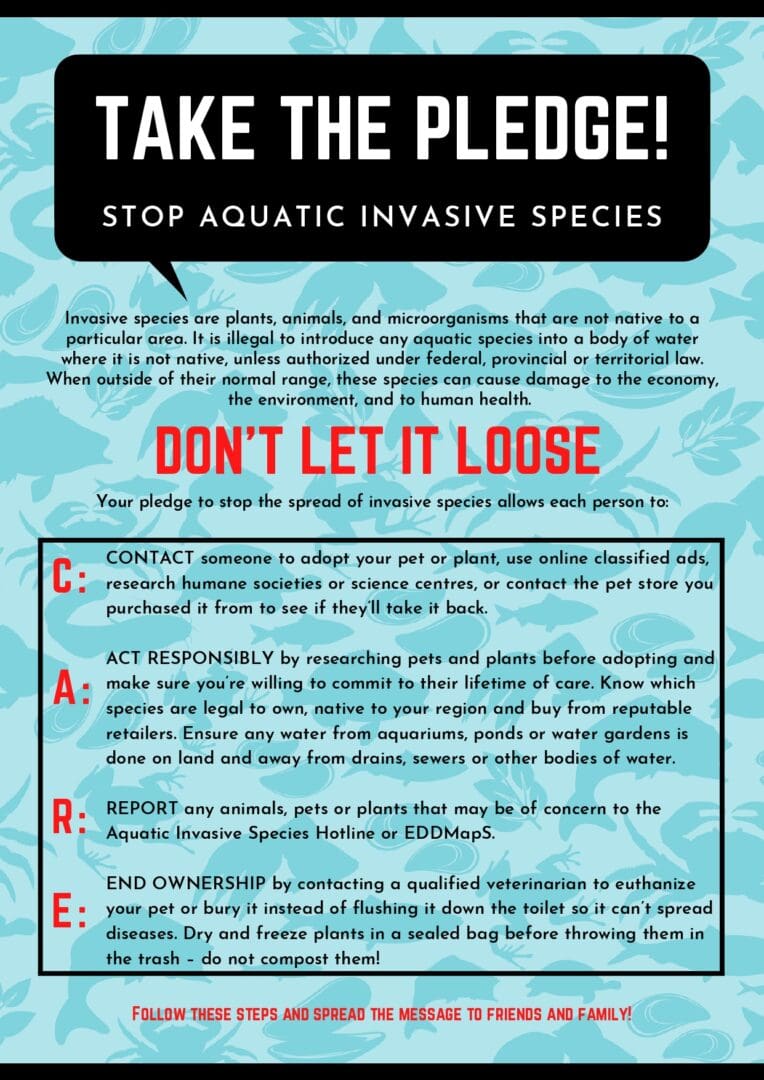Report Invasive Species on EDDMapS
Citizen-science EDDMapS (Early Detection and Distribution Mapping System) phone app
EDDMapS has moved nationwide! Join the Alberta Invasive Species Council’s Executive Director, Megan Evans, as she takes us through invasive species in the province, how to submit invasive species observations directly from the field, and the benefits of using the EDDMapS app.
DOWNLOAD THE SMARTPHONE APP
The EDDMaps app (Early Detection and Distribution Mapping System) brings the power of EDDMaps to your smartphone. Now you can submit invasive species observations directly with your smartphone from the field. These reports are uploaded to EDDMaps and e-mailed directly to verifiers for review.
Please note that EDDMapS has moved nationally! The previous EDDMapS Alberta app will eventually be phased out. Please download and replace it with the new EDDMapS app to keep reporting invasive species!
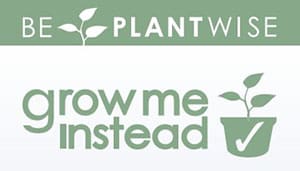
Make a difference in your community and commit to be Plantwise today! Help us protect our province from the impacts of invasive plants through horticulture and join the movement to be invasive-free across Alberta.
Here are some things you can do to make a difference in your community:


Buy Local, Burn Local
Transporting firewood may seem harmless; however, moving firewood from one location to another can inadvertently move invasive species to new areas with disastrous results for both our forests and our urban trees.
Don’t let firewood with no holes or signs of pests fool you, as tiny eggs and fungal spores are impossible to see sometimes.
The movement of firewood poses a substantial risk to Canada’s economy and environment, and a mass infestation of an invasive species can limit your ability to enjoy the environment around you and negatively affect the property value of your home. Canada has 347 million ha of forest cover; that is almost 9% of the world’s forests!
Prevention is the most cost-effective method for managing the negative impacts of non-native organisms.
On March 26-27, 2024, the Canadian Food Inspection Agency (CFIA) hosted an Emerald Ash Borer (EAB) Workshop in partnership with the New Brunswick Invasive Species Council. This workshop brought together partners, stakeholders, and communities to discuss the future of EAB management in Eastern Canada. A summary report is now available here.
Be aware of firewood movement restrictions -moving firewood from places where regulated pests have been found can be a violation of the Plant Protection Act, with penalties of up to $50,000 and/or prosecution. Be aware of movement restrictions that may be in place before you move wood or wood products.
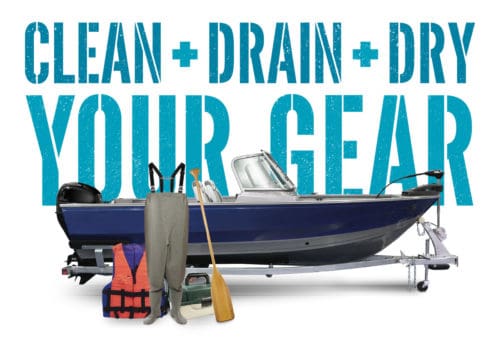
Clean Drain Dry
Clean + Drain + Dry all boats and equipment to help reduce the spread of invasive plants and organisms to Alberta waters.
Boats, other watercraft and associated equipment are often vectors in introducing invasive species into the province’s lakes, streams and wetlands. Aquatic invasive species, such as zebra or quagga mussels and even aquatic plants, can be spread from one waterbody to another via boats, other watercraft or associated equipment that has not been properly cleaned, drained and dried between uses.
With jurisdictions across North America struggling with the impacts of this aquatic invasion, the need for boaters and other outdoor recreation enthusiasts to pay attention and to take action is growing.
The microscopic forms of these mussels, called veligers, can survive in a watercraft’s standing water for days. If this standing water mixes with water in the waterbody you are boating on, that waterbody may potentially become infested.
To help prevent the spread of aquatic invasive species, remember the following:
Clean
Drain – on land, before leaving the waterbody, drain all water from:
Dry
Don't Let It Loose!
Some of the most serious invasive species were originally sold as pets or plants for water gardens and aquariums.
Some people believe that when they don’t want their pets any longer, or it has become too much for them to care for, the best thing to do for the animal or plant is to release it into the ‘wild.’ Unfortunately, these exotic species often thrive and reproduce in this new environment and have the potential to become invasive. Once established, they can take over their new habitat, reducing native populations, changing the structure of the ecosystem.
Even if your aquatic pet is known to be native to the local environment, it should still never be released, as it may introduce diseases or invasive parasites into the local ecosystem.
Invasive plants can have just as much of an impact as invasive animals! Invasive aquatic plants can reduce habitat for native plants, which threatens species of insects, fish, animals, and other plants that depend on native plants. As invasive plants begin rapidly reproducing, they reduce the overall biological diversity of ecosystems, affect water quality, and interfere with recreational opportunities.
Releasing pets into the wild is inhumane, illegal, and can cause irreversible damage to the environment.
Under the Fisheries (Alberta) Act, a prohibited species list has been created that has 52 species of invasive fish, plants, and invertebrates, all of which are now illegal to be imported, sold, transported, or possessed in Alberta. Individuals releasing fish into public waters can face penalties up to $100,000 and a year in prison.
What Should I Do Instead?
Never release your plants and animals into the wild or dump aquariums or water garden debris into rivers, streams, lakes, or storm sewers!
Unwanted pets can be disposed of humanely by returning them to pet stores, donating to schools, science centers, zoos, community organizations, or given away. If all else fails, have a qualified veterinarian euthanize the animal in a humane manner; it’s far kinder than letting it starve to death in the wild or destroy the homes of native animals and plants.
Make sure to bury your fish after it passes away, as flushing it down the toilet can lead to the spread of unwanted diseases.
Dry and freeze unwanted aquatic plant material and add it to non-composted trash.
Check out free resources like the 'Don't Let it Loose' rack card, and the infographics on goldfish and Prussian carp.
PlayCleanGo
Invasive species have many pathways of spread. For instance, weed seeds can be easily transferred to the soil from mud on boots or vehicles, and some weeds seeds have special hooks to help them hitch a ride on clothing or pets.
Being aware of these pathways of spread can help reduce the risk of accidentally moving harmful invasive species. By learning how to inspect and clean your belongings and knowing the source of the things purchased, we can begin to reduce the chance of inadvertently spreading something that could harm those things we cherish.
Whether walking, hiking, running, biking, or riding your horse or OHV, it’s important to make sure you don’t accidentally move invasive species from place to place. Everyone needs to be part of the fight against invasive species, and you can help prevent the spread of invasive plants and animals by following these few simple steps.
